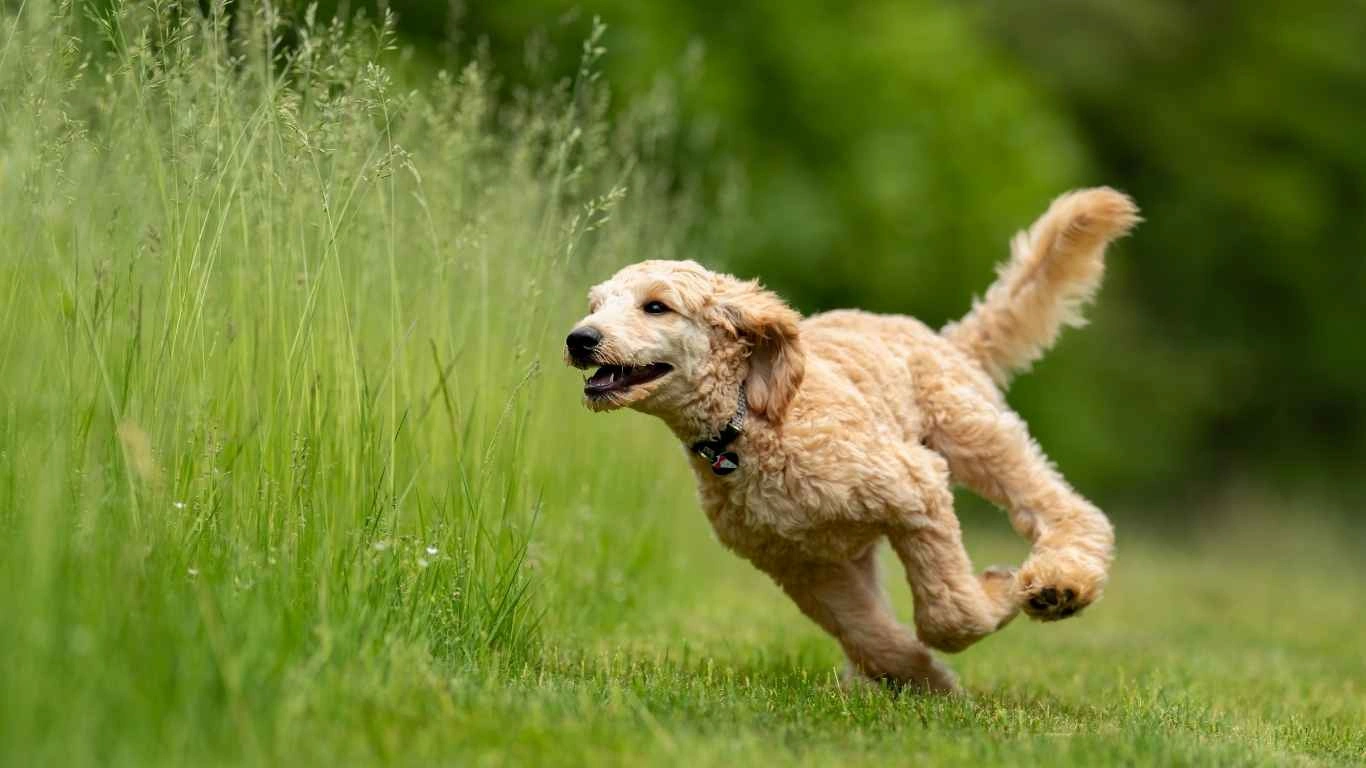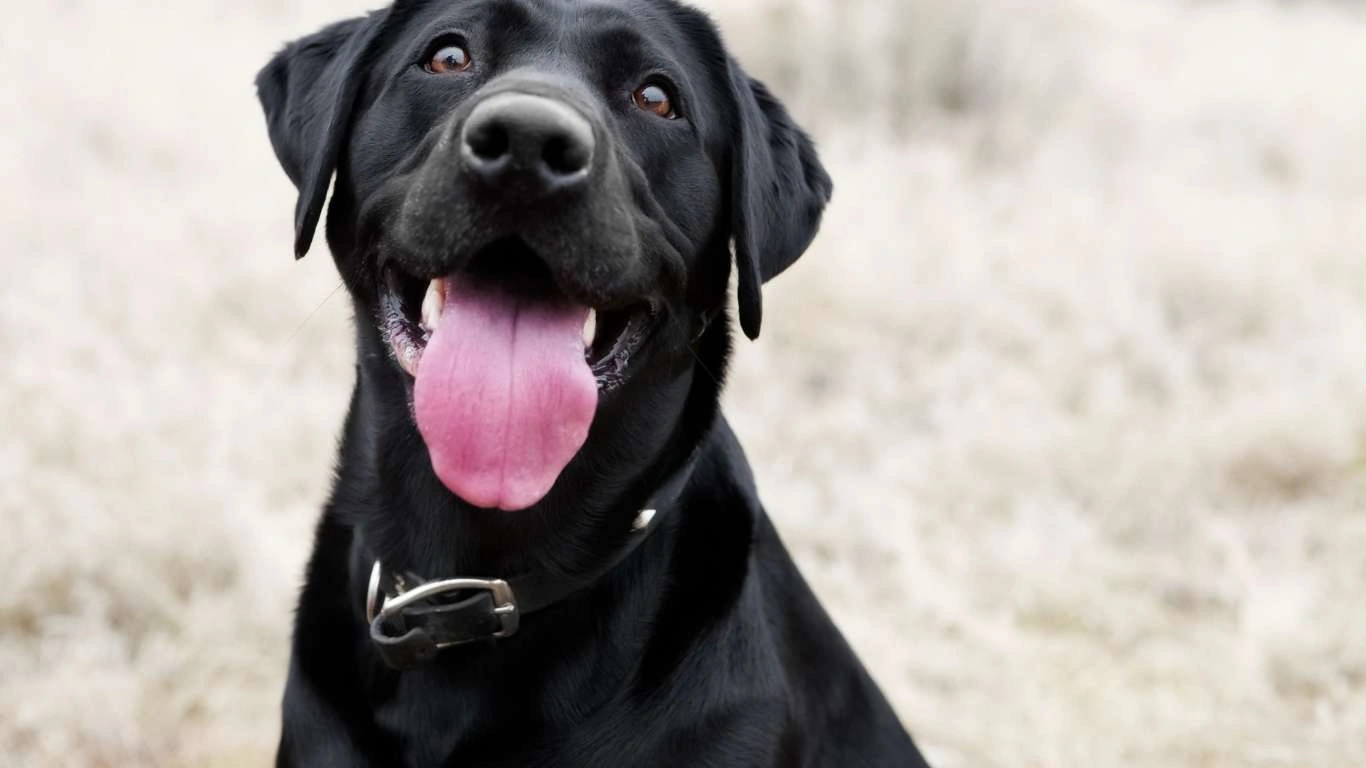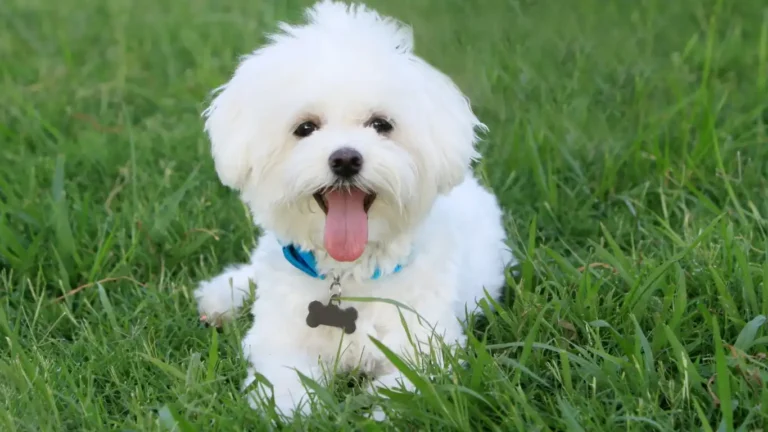Must-Know Dog Health Tips Every Pet Owner Should Follow Today
When you’ve spent as much time as I have working hands-on in pet clinics and shelters, you pick up a few tricks that make a real difference in a dog’s health. Trust me, there’s nothing more rewarding than seeing a scruffy rescue pup transform into a happy, tail-wagging bundle of energy. Today, I’m sharing some of my favorite Dog Health Tips that every dog parent needs to know. Whether you’re a new dog owner or a seasoned pup pro, these tips will help you keep your furry companion in tip-top shape.
Why Dog Health Tips Matter More Than You Think

We all want our dogs to live forever (wouldn’t that be amazing?), but the truth is, their health depends so much on the choices we make for them every single day. I can’t count the number of times I’ve seen simple things—like switching to better food or getting regular dental cleanings—dramatically improve a dog’s life. So, learning a few solid health tips isn’t just good; it’s essential.
Fuel Their Bodies: The Importance of Proper Nutrition

What Goes In, Shows On the Outside
Nutrition is one of those things that seems simple—until you start reading dog food labels and realize half the ingredients sound like a chemistry experiment. When I first started in the field, I was shocked to find out how much cheap filler ends up in mainstream dog foods. No wonder some of the pups we saw were dealing with constant allergies, dull coats, and digestive problems!
Here’s a little cheat sheet I always give new dog parents:
- Whole protein first: Look for foods where real meat (like chicken, beef, or salmon) is the first ingredient.
- Avoid fillers: Skip anything loaded with corn, soy, or by-product meals.
- Focus on omega fatty acids: These support healthy skin and a shiny coat.
- Watch out for artificial junk: No artificial colors, flavors, or preservatives if you can help it.
Switching a dog to a high-quality diet often felt like watching a flower bloom. Within weeks, their eyes would get brighter, their fur softer, and their energy levels would go through the roof. It’s honestly one of my favorite transformations to witness.
Supplements: Are They Worth It?
This is a question I get all the time: “Should I be giving my dog vitamins?” The answer is: it depends. Some pups, especially seniors or those with specific health conditions, definitely benefit from supplements like glucosamine (for joints) or probiotics (for gut health). But always, always check with your vet first. I’ve seen cases where owners meant well but accidentally gave their dogs too much of a good thing, causing more harm than help.
Move That Body: Exercise Is Non-Negotiable

Every Dog, Every Day
I remember one sweet senior lab named Buddy who came into the shelter almost 20 pounds overweight. His owners had adored him, but they hadn’t realized that those extra treats and skipped walks were slowly stealing years off his life. Within a few months of daily gentle walks and a healthier diet, Buddy slimmed down and found a forever home. Watching him trot out the door with his new family was honestly a tear-jerker moment for me.
Whether you’ve got a tiny Chihuahua or a big, bouncy Shepherd, daily movement is a must. It doesn’t have to be a marathon; even a 15-30 minute stroll can work wonders.
- Puppies: Short, frequent play sessions to avoid overexertion.
- Adults: Daily walks, playtime, and occasional runs if they’re up for it.
- Seniors: Gentle walks and low-impact games like hide-and-seek with treats.
Mix it up! Tug-of-war, fetch, swimming, agility games—variety keeps things exciting for both of you. Plus, regular exercise helps keep joints limber, weight healthy, and minds sharp.
Signs Your Dog Needs More Exercise
Sometimes, behavior issues like chewing, digging, or even barking excessively aren’t really “bad behavior”—they’re cries for more stimulation. If your dog is getting into trouble, they might just need more walks or play sessions to burn off that extra energy.
Keeping Those Pearly Whites: Dental Care Matters More Than You Think

If there’s one thing that tends to surprise new dog owners, it’s how crucial dental care is. I’ll be honest—when I first started as an Animal Care Specialist, I didn’t realize just how much poor dental hygiene could wreck a dog’s health. Gum disease, tooth loss, nasty infections… and even worse, untreated bacteria can travel to vital organs like the heart or kidneys. Scary stuff, right?
Easy Ways to Keep Your Dog’s Teeth Healthy
Thankfully, you don’t need to be a professional groomer to take care of your pup’s mouth. Here are a few super manageable tips I share with all new pet parents:
- Brush their teeth regularly: Aim for at least 2-3 times a week (daily is even better!). Use a toothbrush and toothpaste made just for dogs—never human toothpaste.
- Offer dental chews: Many treats are designed to clean teeth while satisfying your pup’s chewing instincts.
- Schedule vet cleanings: A professional dental cleaning once a year can work wonders, especially for breeds prone to dental issues like Dachshunds and Yorkies.
One little tip from my experience: Start dental routines early! Puppies are much more accepting, and even older dogs can warm up if you make it fun with lots of praise and treats. Plus, it’s a great bonding time—I promise.
Mind Matters: Don’t Forget Mental Health!

Physical health gets a lot of attention (rightfully so), but mental stimulation is just as important when it comes to Dog Health Tips. Working in a shelter, I saw firsthand how quickly boredom and anxiety can spiral into bigger health and behavior problems. Some dogs would start pacing obsessively, others would chew their kennels or even refuse to eat. It was heartbreaking.
Simple Ways to Boost Your Dog’s Brainpower
Keeping your dog’s brain active doesn’t have to be complicated or expensive. Here are a few ideas I’ve shared with adopters over the years:
- Interactive toys: Puzzle feeders and treat-dispensing toys make dogs “work” for their food in a fun way.
- Basic training drills: Spend five minutes a day practicing sit, stay, or shake. Learning new tricks is great mental exercise!
- Hide-and-seek: Hide treats or favorite toys around the house and let your dog sniff them out.
- New experiences: Short car rides, visits to the pet store, or even a new walking route can keep life exciting and fresh.
One senior Beagle I worked with absolutely loved “treasure hunts” we set up using pieces of kibble. Watching his nose go to work and his tail wag with excitement—pure magic. That kind of joy is just as important for their health as the right food or exercise.
Grooming Isn’t Just for Looking Good—It’s a Health Essential

When people think of grooming, they usually picture fancy show dogs getting fluffed and fussed over. But grooming is so much more than appearances—it’s an important part of any solid Dog Health Tips plan.
In my experience, regular grooming has helped catch early warning signs that could’ve been missed otherwise. Lumps, skin infections, ear problems, ticks—you name it. Catching those issues early often made the difference between a quick treatment and a full-blown health crisis.
Essential Grooming Tasks Every Dog Needs
- Brushing: Helps reduce shedding, prevents painful mats, and lets you check for any weird bumps or parasites.
- Bathing: Depending on the breed and lifestyle, most dogs need a bath every 4-8 weeks. Always use gentle, dog-safe shampoo.
- Nail trimming: Overgrown nails can cause discomfort and even joint problems. Regular trims keep paws healthy.
- Ear checks: Especially for floppy-eared breeds like Cocker Spaniels—ear infections are no joke!
I’ll never forget one sweet Golden Retriever, Daisy, who came in for a basic grooming appointment. During her bath, we spotted a small, inflamed area under her front leg. A quick vet check later, it turned out to be the early stages of a nasty infection—caught just in time to treat easily. Stories like Daisy’s are a big reason I always advocate for regular grooming at home and professional grooming when needed.
Make Grooming Fun, Not Stressful
If your dog isn’t a fan of grooming (and hey, not all are), start slow. Introduce brushes and nail clippers gradually, pair them with plenty of treats, and keep sessions short and positive. Trust me, a little patience now saves a whole lot of headache later!
Routine Vet Visits: The Secret Weapon for Longevity

One thing I learned early in my Animal Care Specialist days is this: even the most devoted dog parents sometimes underestimate the power of regular vet visits. It’s not just about shots or emergencies—routine checkups are truly the backbone of solid Dog Health Tips. I’ve seen countless dogs whose early signs of illness were caught during a simple “wellness” exam, giving them a shot at longer, healthier lives.
How Often Should You Take Your Dog to the Vet?
Here’s a quick breakdown I always recommend:
- Puppies: Every 3-4 weeks until they’re about 16 weeks old (lots of vaccines and development checks).
- Adults: Once a year for a complete physical, vaccinations, and lab tests.
- Seniors (7+ years): Every 6 months, since health changes can creep up faster with age.
Vets can often spot things we can’t—heart murmurs, early arthritis, even tiny changes in weight that might hint at thyroid or kidney issues. Plus, they’ll keep you updated on best practices for dental care, parasite prevention, and nutrition based on your dog’s age and lifestyle. It’s like having a personal coach for your pup’s well-being!
Choosing the Right Vet
Finding a vet you trust makes all the difference. Look for someone who takes the time to answer your questions, listens carefully, and clearly loves animals. I’ve always told adopters: your vet should feel like a partner, not a rushed appointment you dread.
Parasite Prevention: Protect Your Pup Inside and Out

Fleas, ticks, heartworms…oh my! As gross as it sounds, parasites are an unavoidable part of dog life—but with a little prevention, you can easily keep them from becoming a serious issue. I can’t tell you how many heartbreaking cases I saw where simple preventive care could’ve saved a lot of pain and suffering.
Must-Have Parasite Prevention Tips
- Monthly flea and tick control: Whether you prefer a topical treatment, chewable pill, or collar, consistency is key.
- Year-round heartworm prevention: Even if you live in a colder climate, it’s safer to protect all year. Heartworm disease is nasty and expensive to treat.
- Regular fecal exams: These tests help detect intestinal parasites that may not show obvious signs right away.
One time, we rescued a young shepherd mix who looked perfectly healthy—until routine testing revealed a severe roundworm infestation. A few rounds of meds later, she was like a brand-new dog. It’s just another reminder that sometimes, what you can’t see matters just as much as what you can.
Natural Parasite Prevention?
Some pet owners ask about “natural” options like essential oils or herbal remedies. While there are a few promising ones, it’s absolutely crucial to consult your vet before trying anything non-traditional. Some oils, for example, are toxic to dogs even in tiny amounts. Stick to evidence-based methods whenever possible to keep your buddy safe.
Weight Management: The Not-So-Obvious Health Hero
If there’s one thing I always emphasize during wellness consultations, it’s the huge role that weight plays in a dog’s overall health. Obesity doesn’t just mean a little extra fluff—it increases the risk for arthritis, diabetes, heart disease, and even cancer. And here’s the kicker: many pet parents don’t realize their dog is overweight because the change happens so gradually.
Is Your Dog a Healthy Weight?
The best way to tell isn’t by the number on the scale—it’s by feel. Here’s a little “hands-on” test:
- Run your hands along your dog’s ribs. You should be able to feel them easily without pressing too hard, but they shouldn’t be sticking out.
- Look at them from above. They should have a visible “waist” behind the ribs (kind of like an hourglass figure).
- From the side, their belly should tuck up rather than hanging low.
One of my favorite success stories involved a sweet, chunky Pug named Leo. His owner committed to daily walks, portion control, and switching to a lower-calorie food. Over six months, Leo shed 8 pounds (which is huge for a little guy!) and became so much more energetic and playful. Watching his transformation was pure joy—and a powerful reminder that small changes add up fast.
Final Thoughts: It’s About the Journey Together
At the end of the day, the best Dog Health Tips aren’t about perfection—they’re about love, consistency, and being present for your pup every single day. The good news? Every walk, every vet visit, every nutritious meal adds up to a longer, happier life together. And honestly, isn’t that what we’re all hoping for?
References
Disclaimer
This article is intended for informational purposes only and should not be used as a substitute for professional veterinary advice, diagnosis, or treatment. Always seek the guidance of your veterinarian or qualified animal health provider with any questions you may have regarding a pet’s medical condition.






